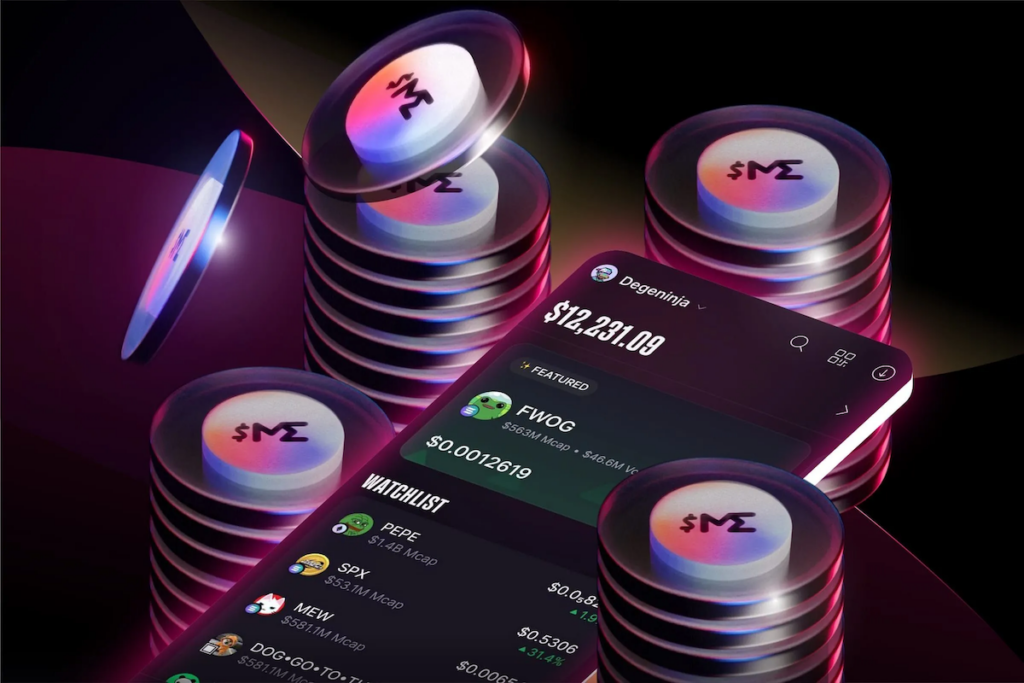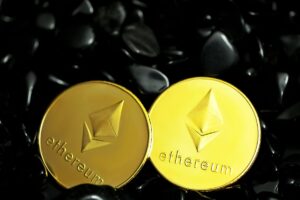As the popularity of NFTs grows, many people, entities, and organizations see them as a get money quick scheme, and a lot of the time, they take illegal actions to achieve their goals.
NFTs created using stolen art
A few months ago, the story of NFTs being created using stolen artworks hit our airwaves. The public learned more about how NFTs on marketplaces, especially OpenSea, were created using stolen artwork.
Until recently, anyone could go online, find artworks they like, and list them on OpenSea with little to no stress, and this meant that creators were losing out while others made a fortune off their intellectual properties.
Search engines like Google and Bing make it easy for users to search for specific pictures, and unfortunately, a functionality that was created for the good of humankind was being abused by “NFT pirates” illegally listing the works of others on NFT marketplaces.
Due to public outcry, NFT marketplaces committed to cracking down on illegally used intellectual properties on NFTs listed. Since February, we’ve witnessed positive developments regarding stolen artworks being used for NFTs, but the practice still prevails on a smaller scale.
As the most extensive NFT marketplace, OpenSea has a duty to creators and the general community to make it as hard as possible for people to steal and list stolen artworks, and although the journey to eradicating stolen artworks is still a long one, the NFT ecosystem has come a long way over the last few months.
No more fake and copy-mint NFTs
Great news, then, for the NFT ecosystem as OpenSea is finalizing plans to implement a system that’ll make it harder for fake and copy-mint NFTs to get listed on the world’s largest NFT marketplace. As part of its general plan to better verify its users, trained users and highly developed systems are being developed to aid the process.
The system being developed by OpenSea will work on two levels; first and foremost, the system will be able to identify fake creations after scanning all the NFT collections on OpenSea. Image recognition and a team of human reviewers will partner to help deliver the first stage of the process.
In the second step in the process, the system will match the suspected fake with the original piece whenever a suspected fake is identified. If the match returns higher on a non-unique portion, OpenSea will take relevant actions against the fake.
What can users expect with the new processes?
For starters, OpenSea users can expect significant changes in the platform’s badging and verification system. For example, as soon as an NFT collection generates 100 ETH in total trading volume, the collection gets a verification badge.
As scammers get more sophisticated with their strategies, marketplaces need to go out of their way to ensure that they are always a few steps ahead of scammers and nefarious actors. Hopefully, the recent verification updates will make it harder for scammers to operate both in the short and long term.
Author
-

Proficient Web3 commentator with a penchant for analyzing decentralized applications and their societal implications.




